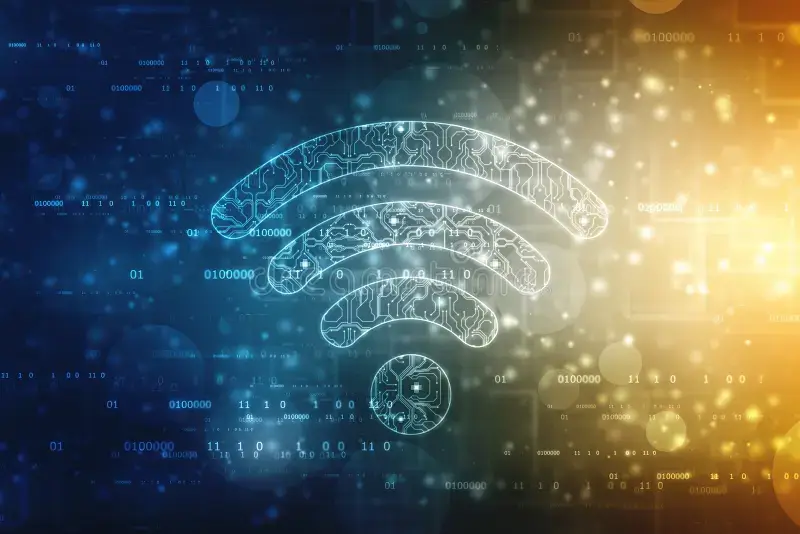Cutting the Cord: How Wireless Services Are Reshaping Communication
.jpg)
In today's fast-paced world, communication is key. Whether it's for work, socializing, or entertainment, staying connected has become an essential part of our daily lives. And thanks to advancements in wireless technology, we're now able to communicate in ways that were once unimaginable.
Gone are the days of being tethered to a landline or Ethernet cable. With wireless services, we have the freedom to communicate anytime, anywhere, without being constrained by physical boundaries. From smartphones and tablets to laptops and wearable devices, wireless technology has revolutionized the way we connect with one another and access information.

One of the key benefits of wireless services is their convenience. Unlike traditional wired connections, which require physical infrastructure and setup, wireless networks can be set up quickly and easily. This means that users can access the internet and communicate with others without the need for cables or wires, making communication more accessible and convenient than ever before.Moreover, wireless services offer flexibility. Whether you're at home, in the office, or on the go, you can stay connected to the internet and communicate with others seamlessly. This flexibility is especially valuable in today's dynamic work environments, where employees need to collaborate across different locations and devices.
But perhaps the most significant impact of wireless services is their ability to bring people together. With wireless technology, we're able to connect with friends, family, and colleagues no matter where they are in the world. This has opened up new opportunities for collaboration, innovation, and connection, enabling us to work together and share ideas like never before.

In conclusion, wireless services have revolutionized the way we communicate and interact with one another. From enhancing convenience and flexibility to bringing people together and fostering collaboration, wireless technology has reshaped the way we connect and communicate in the digital age. As we continue to embrace wireless services, the possibilities for communication are truly limitless.
Recommended articles
Unplugged and Uninterrupted: The Power of Reliable Wireless Services
One of the key benefits of wireless services is their flexibility. Unlike traditional wired connections, wireless networks allow users to roam freely without being tethered to a physical location. This flexibility is especially valuable in today's dynamic work environments, where employees need to collaborate across different spaces and devices.
Cutting the Cord: How Wireless services have revolutionized
Gone are the days of being tethered to a landline or Ethernet cable. In today's fast-paced world, wireless services have emerged as the preferred mode of communication for businesses and individuals alike. From smartphones and tablets to laptops and IoT devices, wireless technology has revolutionized the way we connect with one another and access information.
Beyond Boundaries: Unlocking the Potential of Wireless Networking
In today's interconnected world, the demand for wireless networking has never been greater. From homes and offices to public spaces and beyond, wireless networks have become the backbone of modern communication and connectivity. But what exactly is wireless networking, and how is it reshaping the way we connect with the world around us?






